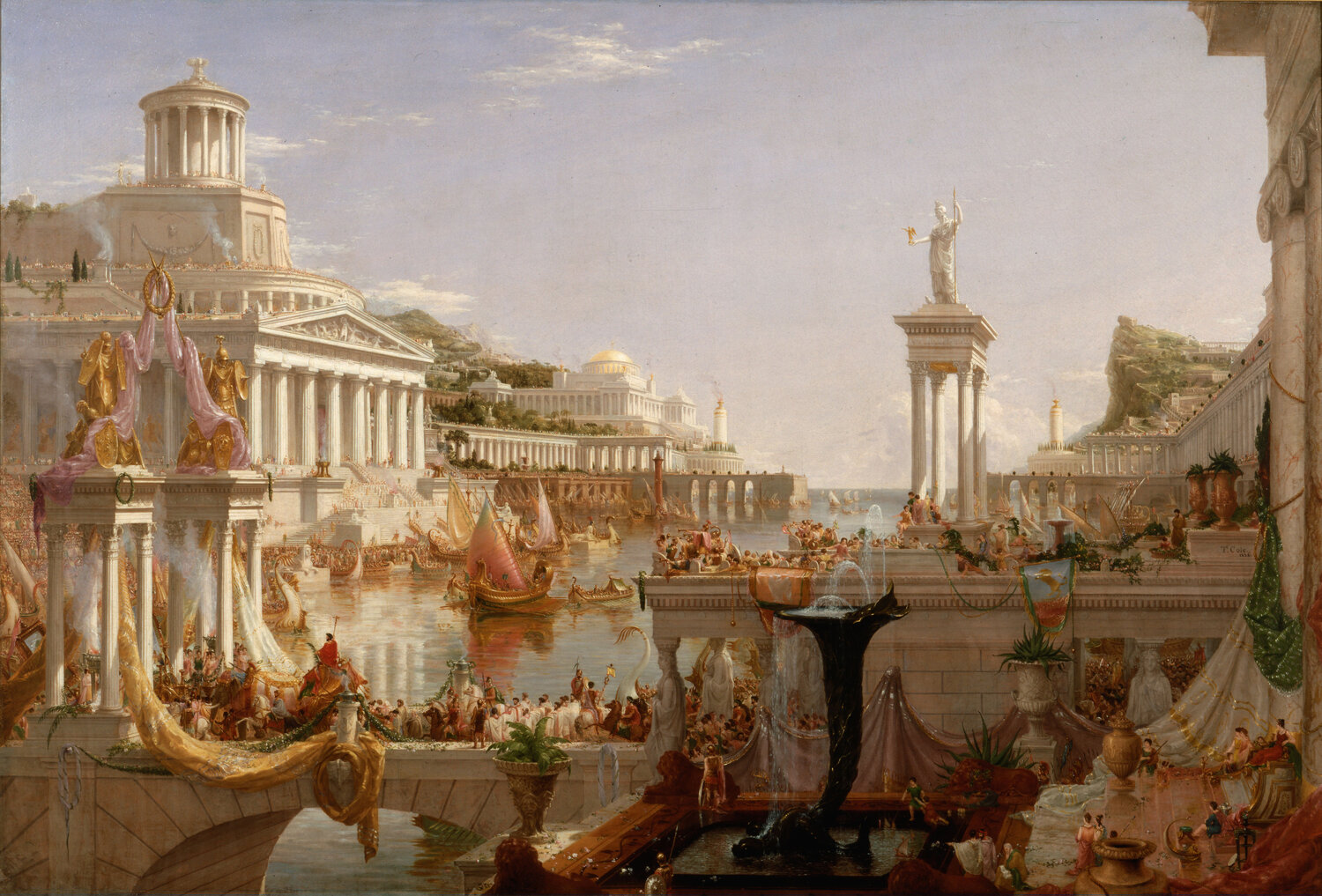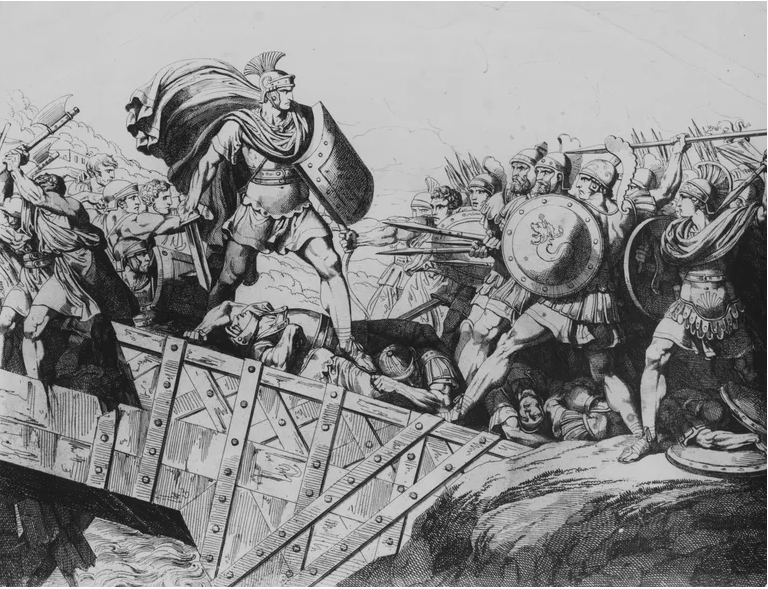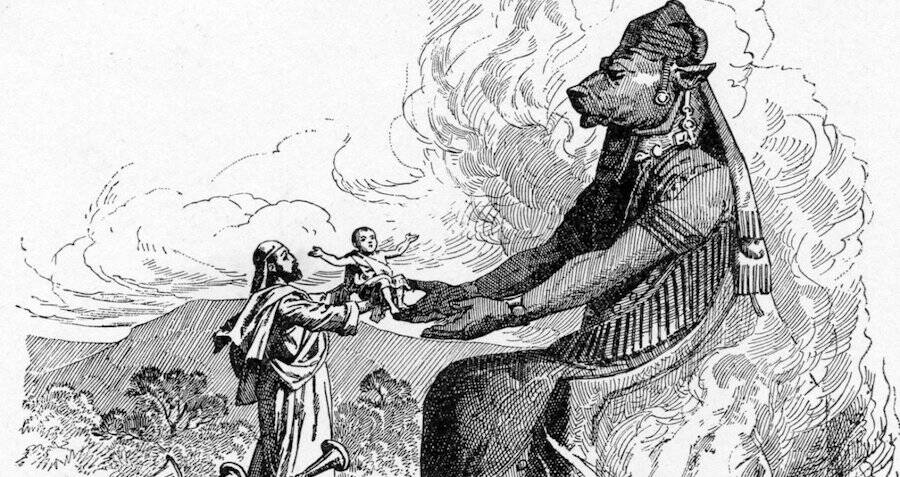Art as social technology
You need to ask yourself: what thing am I being accomdated to by reading this story? What am I offering, and to whom? All art does this, whether consciously or not. The character of the author is of supreme importance in making this judgement.

Friend of the blog Aaron brings up a good point that I want to elaborate on. This quote is partially true, or better yet, it is one-dimensional:
The touchstone by which books should be judged is not the moral lives of their authors, but whether they tell the truth about the human condition. Even great sinners can do that

This point of view is only one view of a multi dimensional system. It is also the characteristic point of view of the nineteenth century art religion.

This nineteenth century cult rests on the slightly incoherent conviction that certain pictures, buildings and public performances are in themselves good for the soul and good for society.
The art religion meets the criteria Brian Niemeier sets out to be considered a religion in the sociological sense:
Remember that to qualify as a religion, a group must have three elements:
Cult: a consistent body of rituals for public worship
Code: a set of moral rules
Creed: a canon of shared myths that defines a shared identity

The art religion says that it is good for the public if “the human condition” is skillfully represented, the artist is of secondary concern if the art is well done.
So what is missing? Art certainly can show us skillful representations of characters in a way that illustrates truth, even when those characters [or authors!] may themselves do evil things. But this is only one dimension of what art does.
Art can also form our emotions in order to persuade us to act or to not act. This is art as social technology.


This is a much older idea than the nineteenth century, but it was well executed at the time.
What this has to do with authors like Marion Zimmer Bradley is this: you need to ask yourself what you are being shaped to accept or reject by reading certain stories? MRB and others like her wanted to change society.
Quick case study on how Marion Zimmer Bradley Cabal’s influence on science fiction and fantasy manifests. pic.twitter.com/OB2hJtlOwb
— Conan, Esq (@conan_esq) June 7, 2022
The degree of skill with which an author writes can be separated from their personal morality, but the moral object of their fiction cannot. The art religion is blind to this, which is why it is incoherent.

You need to ask yourself: what thing am I being accomdated to by reading this story? What am I offering, and to whom? All art does this, whether consciously or not. The character of the author is of supreme importance in making this judgement.




Comments ()